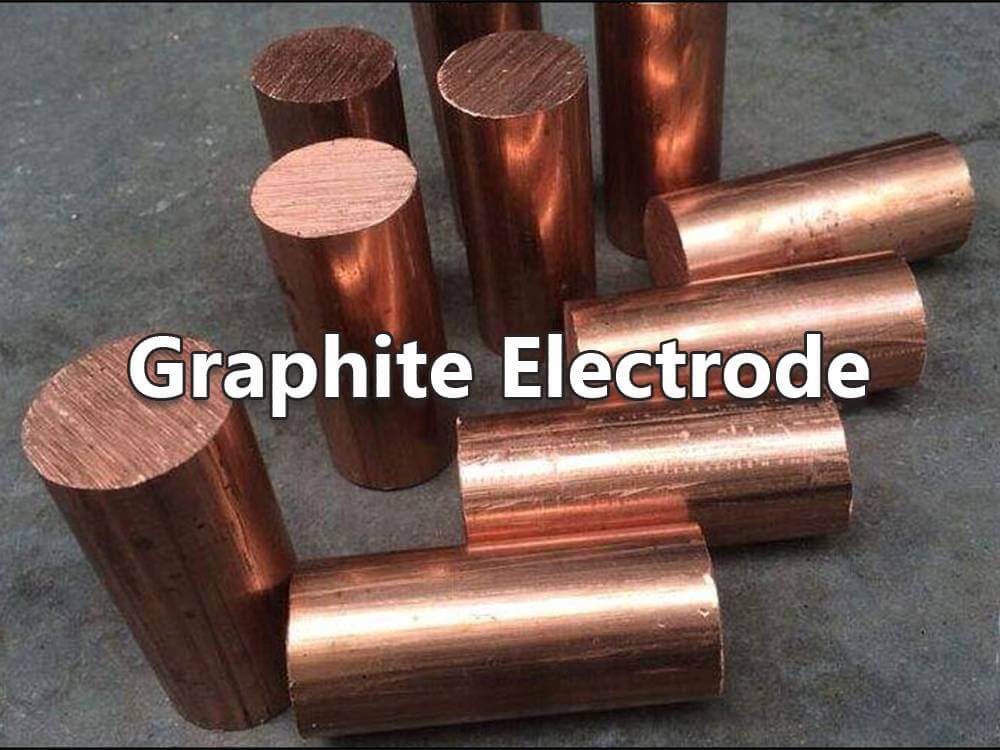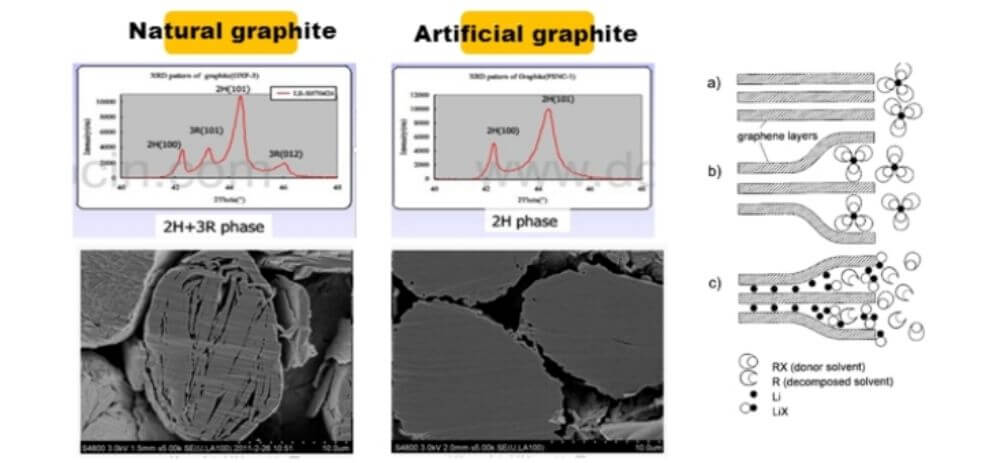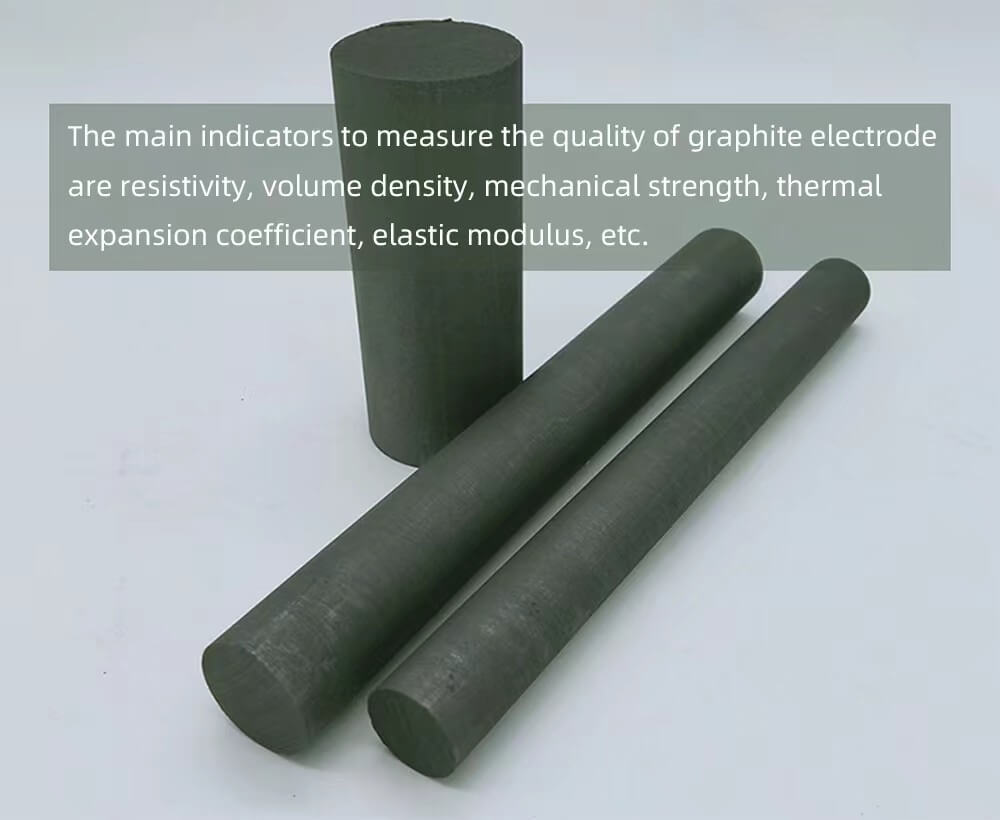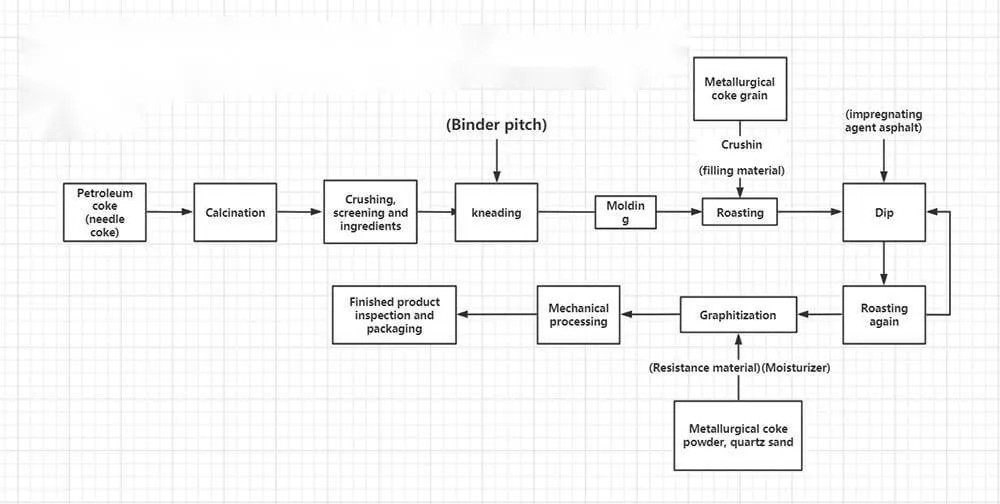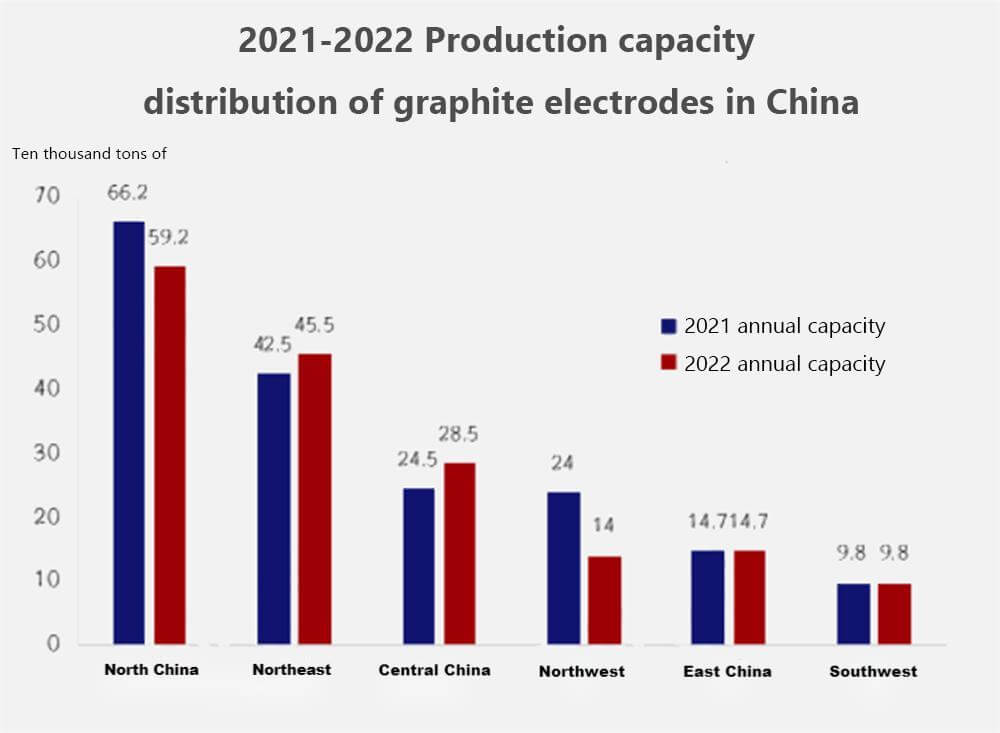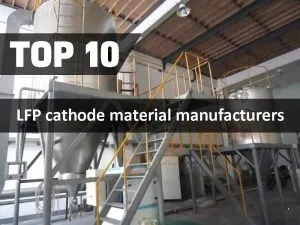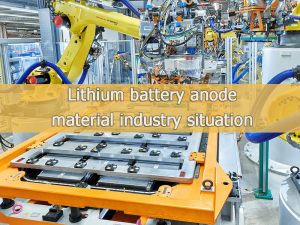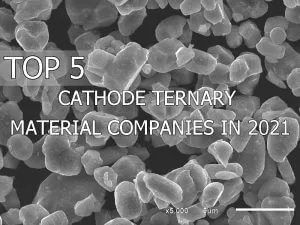Graphite electrode introduction and analysis

Graphite electrode industrial chain
Graphite electrode can also be called artificial graphite electrode, refers to petroleum coke, needle coke as raw materials, coal tar pitch as binder, after calcination of raw materials, crushing grinding powder, batching, mixing, molding, roasting, impregnation, graphitization and mechanical processing and made of a high-temperature resistant graphite conductive material.
Using the excellent physical and chemical properties of graphite electrode to produce the main varieties of graphite electrode carbon products industry has become an important part of the contemporary raw material industry.
The upstream of the industrial chain are mainly suppliers of petroleum coke, needle coke and other raw materials and production equipment suppliers. Raw materials account for a large proportion of graphite electrode production cost, accounting for more than 65%. The middle reaches are graphite electrode production enterprises, and downstream is the electric furnace steelmaking, electric furnace smelting silicon, electric furnace smelting yellow phosphorus and other fields.
Graphite electrode classification
According to the difference of raw materials and physical and chemical indicators of finished products, graphite electrodes are divided into: Ordinary power graphite electrode (RP), high power graphite electrode (HP) and ultra-high power graphite electrode (UHP).
| Graphite electrode classification | Applications |
| Ordinary power graphite electrode | Graphite electrodes with current densities below 17A/ cm 2 are allowed; The upstream raw materials are mainly petroleum coke and coal tar pitch, and the downstream applications are mainly used in ordinary power electric furnaces such as steel making, silicon smelting and yellow phosphorus smelting. |
| High power graphite electrode | Graphite electrodes with current densities of 18 to 25A/ cm 2 are allowed; The upstream raw materials are petroleum coke and coal tar pitch, adding needle coke, and the downstream application is mainly used in high power electric arc furnace for steelmaking. |
| Ultra-high power graphite electrode | Graphite electrodes with current densities greater than 25A/ cm 2 are allowed; The upstream raw materials are petroleum coke, needle coke and coal tar pitch, whose needle coke content is higher than that of high-power graphite electrode, and the downstream application is mainly used in ultra-high power steel making arc furnace. |
Graphite electrode index
The main indicators to measure the quality of graphite electrode are resistivity, volume density, mechanical strength, thermal expansion coefficient, elastic modulus, etc. Graphite electrode in the use of oxidation resistance and thermal shock resistance are related to the above several indicators, the accuracy of machining products and the reliability of the connection is also an important test item.
● The resistivity
It is the resistance of a conductor to current when it passes through it. It is numerically equal to the resistance of a conductor with a length of 1m and a cross-sectional area of 1m2 at a given temperature, reducing consumption in use. Usually measured by voltage drop method, the size of resistivity can measure the graphitization degree of graphite electrode, the lower the resistivity of graphite electrode, the higher the thermal conductivity, the better the oxidation resistance.
● Density of volume
Increasing bulk density is beneficial to reduce porosity, improve mechanical strength and improve oxidation resistance. However, if the bulk density is too large, the thermal shock resistance will decrease. Therefore, other measures should be taken to make up for this deficiency. Such as increasing the graphitization temperature to increase the thermal conductivity of the electrode and using needle coke as raw material to reduce the thermal expansion coefficient of the finished product.
● Mechanical strength
Mechanical strength of graphite electrode is divided into compressive, flexural and tensile strength of 3 kinds, the main determination of flexural strength, flexural strength is the graphite electrode in use and break related performance indicators. In the electric furnace, when the electrode and the non-conductive object contact, or due to the collapse of the collision, strong vibration and other reasons, the graphite electrode often has the risk of being broken, the graphite electrode with high flexural strength is not easy to be broken.
● Modulus of elasticity
Elastic modulus is an important aspect of mechanical properties. It is an index to measure the elastic deformation ability of materials, and refers to the stress-strain ratio within the elastic deformation range. The larger the elastic modulus, and the greater the elastic deformation to produce the desired stress, the larger the elastic modulus of the brittle material, and the smaller the elastic modulus of the flexible material.
● Thermal expansion coefficient
Graphite as the thermal expansion of the electrode influence coefficient is very important thermal performance parameters, the lower the value, indicates that the thermal stability of Chinese products is stronger and stronger, the higher the oxidation resistance, performance in use can reflect the less broken, the lower the consumption.
The quality of graphite electrode depends on raw material performance, process technology, management and production equipment, among which raw material performance is the primary condition. Ordinary power graphite electrode, using ordinary grade petroleum coke production, its physical and mechanical properties are low, such as high resistivity, large linear expansion coefficient, poor thermal shock resistance, so the allowed current density is low.
High power graphite electrode using high quality petroleum coke (or low grade needle coke) production, its physical and mechanical properties are higher than ordinary power graphite electrode, allowing a larger current density. Ultra-high power graphite electrodes must be produced using high grade needle coke. The joint quality of high-power and ultra-high-power graphite electrodes is particularly important. Not only the electrical resistivity and linear expansion coefficient of the joint billet are smaller than the electrode body, but also the joint billet should have higher tensile strength and thermal conductivity. In order to enhance the reliability of the electrode connection, the connector should be equipped with a connector bolt.
Graphite electrode production characteristics
The main raw material for the production of graphite electrode is petroleum coke (including needle coke). A small amount of asphalt coke can be added to the production of ordinary power graphite electrode. The bonding agent is coal asphalt.
(1) The production process is multiple and the production cycle is long. The production cycle of ordinary power graphite electrode is about 45 days, and the production cycle of ultra-high power graphite electrode is more than 70 days. Joints that require multiple impregnations have longer production cycles.
(2) high energy consumption, 1t ordinary power graphite electrode needs to consume about 6000kW•h power, gas or natural gas thousands of cubic meters, metallurgical coke particles and metallurgical coke powder (secondary energy) about 1t.
(3) The production of graphite electrode process, need a lot of special machinery and equipment and special structure of the kiln, construction investment is large, investment payback period is long.
(4) Graphite electrode production process produces a certain amount of dust and harmful gases, so it is necessary to take sound ventilation dust removal and elimination of harmful gas environmental protection measures.
Graphite electrode production process
The production process of graphite electrode is shown in the figure. The main production processes are as follows:
(1) Calcination
Petroleum coke or asphalt coke need to be calcined, calcination temperature should reach 1300℃, in order to fully remove volatile in the raw material, improve the true density and electrical conductivity of coke.
(2) Crushing, screening and ingredients
The calcined raw material is broken and sieved into aggregate particles of specified size, and a part of the raw material is ground into fine powder. After weighing according to the formula, the mixture of various particles is assembled.
(3)Kneading
In the state of heating, the quantitative mixture of various particles and quantitative binder are mixed and knead into plastic paste.
(4) Shape
Under the action of external pressure (molding molding or extrusion molding) or vibration (vibration molding), the paste is pressed into a certain shape and a higher density of the blank.
(5) Roasting
The billet was placed in a specially designed high temperature furnace, and the billet was covered with filling material (coke powder or river sand), and the temperature was gradually raised to about 900 ~ 1100℃ to make the binder carbonized, so as to obtain the roasted product.
(6) Soaking
In order to improve the bulk density and mechanical strength of the product, the roasted product is loaded into the autoclast, and the liquid impregnating agent is pressed into the pores of the roasted product. After impregnation, it should be roasted again. In order to obtain the joint blank with high density and high strength, the impregnation needs to be repeated 2 ~ 3 times.
(7) Graphitization
Load the calcined product into the graphitization furnace (covered with insulation material), and use direct electrifying heating method. The physical and chemical properties of artificial graphite electrode were obtained by transforming the calcined product into an ink-crystal structure.
(8) Mechanical processing
According to the requirements of use, the graphitized blank is processed for surface turning, end face processing and screw hole processing for connecting, and then processed for connecting joints.
(9) The finished product shall be packaged after passing the inspection.
Graphite electrode industry status
At present, China’s graphite electrode enterprises are mainly distributed in North China, Central China, East China, Northeast China, Northwest China and other regions. North China is the most concentrated area of graphite electrode production capacity in China, accounting for 29.5% of China’s production capacity, mainly in small and medium-sized enterprises;
The northeast region accounts for 22% of China’s production capacity. Then there is the northwest, which accounts for 14% of China’s capacity. The other is central China, East China. The participants are mainly private enterprises, and China accounts for about 50% of the global graphite electrode production.
Graphite electrode is an industry with high energy consumption and high emission, and its future production expansion may be limited under the background of double high limit. It takes 1.69 tons of standard coal to produce one ton of graphite electrodes. According to the conversion method of 2.66 tons of carbon dioxide for 1 ton of standard coal, the carbon emission of a single ton of graphite electrode is 4.48 tons, so the future expansion of production may be limited.
China’s mainstream graphite electrode manufacturers include Fangda carbon, Jilin carbon, Kaifeng carbon, Liaoning Dan carbon, Nantong carbon and so on. As a leading enterprise in China’s graphite electrode industry, Fangda Carbon’s graphite electrode market share exceeds 20% in China, and its graphite electrode capacity ranks the third in the world.
In the ultra-high power graphite electrode market, due to the high technical requirements of ultra-high power graphite electrode, leading enterprises with corresponding technical strength in the industry account for more than 80% of the market share of ultra-high power products by releasing capacity.
Large graphite electrode companies in the midstream have strong bargaining power over the downstream steelmaking industry, requiring downstream customers to receive payment and delivery without providing account period.
The supply side of the graphite electrode market is still expected to continue to shrink. On the one hand, the cost is high, the demand is not good, and the production enthusiasm of graphite electrode enterprises is insufficient. In order to avoid inventory accumulation, there are plans to reduce production or suspend the production of pressure type and other processes.
On the other hand, the current negative material market is still performing well, the anode electrode and its processing link considerable profits, some graphite electrode manufacturers attracted profits, converted to anode or cathode processing. If you want to know more you can get relevant information from the articles on lithium ion battery anode material companies and anode material manufacturers.

